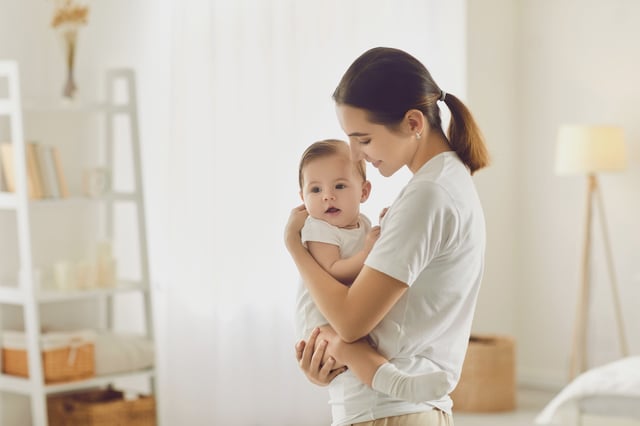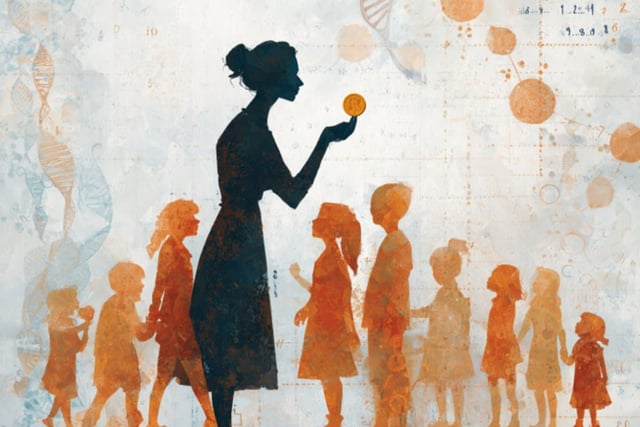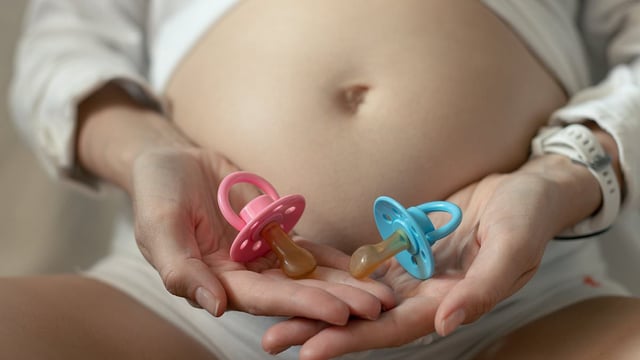Overview
- Researchers analysed data from over 58,000 U.S. women with multiple singleton births and found that offspring sex deviates from a 50/50 probability at the family level.
- Families with three boys have a 61% chance of having another son and those with three girls have a 58% chance of another daughter, overturning the notion of equal probability.
- Women who began childbearing after age 28 exhibit stronger same-sex clustering among their children, pointing to age-related physiological factors.
- A genome-wide analysis linked two maternal genetic loci—near NSUN6 for daughters and TSHZ1 for sons—to unisexual sibship patterns, though researchers say the biological mechanisms remain speculative.
- Investigators note the study’s lack of paternal data and limited cohort diversity as key gaps that require broader, multi-population research to confirm genetic associations.


